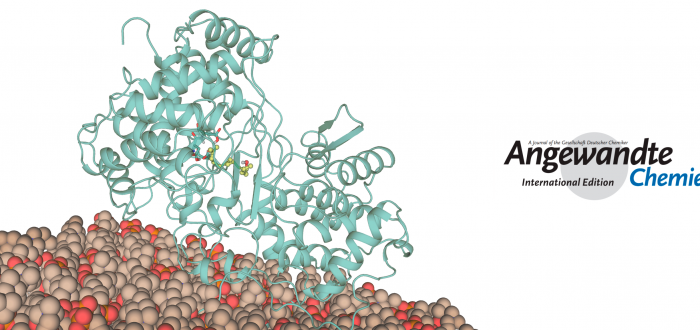Terpene cyclases offer enormous synthetic potential, given their unique ability to forge complex hydrocarbon scaffolds from achiral precursors within a single cationic rearrangement cascade. Harnessing their synthetic power, however, proved to be challenging due to their generally low catalytic performance. In this study, we unveil the catalytic potential of the squalene-hopene cyclase (SHC) by harnessing its structure and dynamics. First, we synergistically tailored the enzyme’s active site and entrance tunnel to generate a 397-fold improved (?)?ambroxide synthase. Herein, a computational evaluation of the improved SHC variants has been performed by means of Molecular Dynamics simulations. The results highlight the impact of the introduced mutations in the reshaping of the active site that leads to a better preorganization of the substrate, driving the reactivity towards an improved (-)-ambroxide production. Moreover, the evaluation of the enzyme tunnels was performed, showing how substrate flow was improved by increasing tunnel populations and bottleneck radius. Kinetics, however, disclosed a terpene-induced inactivation of the membrane-bound SHC as the major turnover limitation in vivo. Merging these insights with the improved and stereoselective catalysis of the enzyme, we applied a feeding strategy to exceed 105 total turnovers.
This work has been carried out by A. Schneider, T. B. Lystbaek and Prof. Bernhard Hauer* from University of Stuttgart (Germany), and C. Curado and Prof. Sílvia Osuna* from the Institute of Computational Chemistry and Catalysis of the University of Girona. It has recently been published in the Angewandte Chemie International Edition:
A. Schneider, C. Curado, T. B. Lystbaek, S. Osuna*, and B. Hauer*
“Harnessing the Structure and Dynamics of the Squalene-Hopene Cyclase for (-)-Ambroxide Production”
Angew. Chem. Int. Ed., 2023, ASAP
DOI: 10.1002/anie.202301607
Girona, April 14, 2023
For more info: gestor.iqcc@gmail.com

